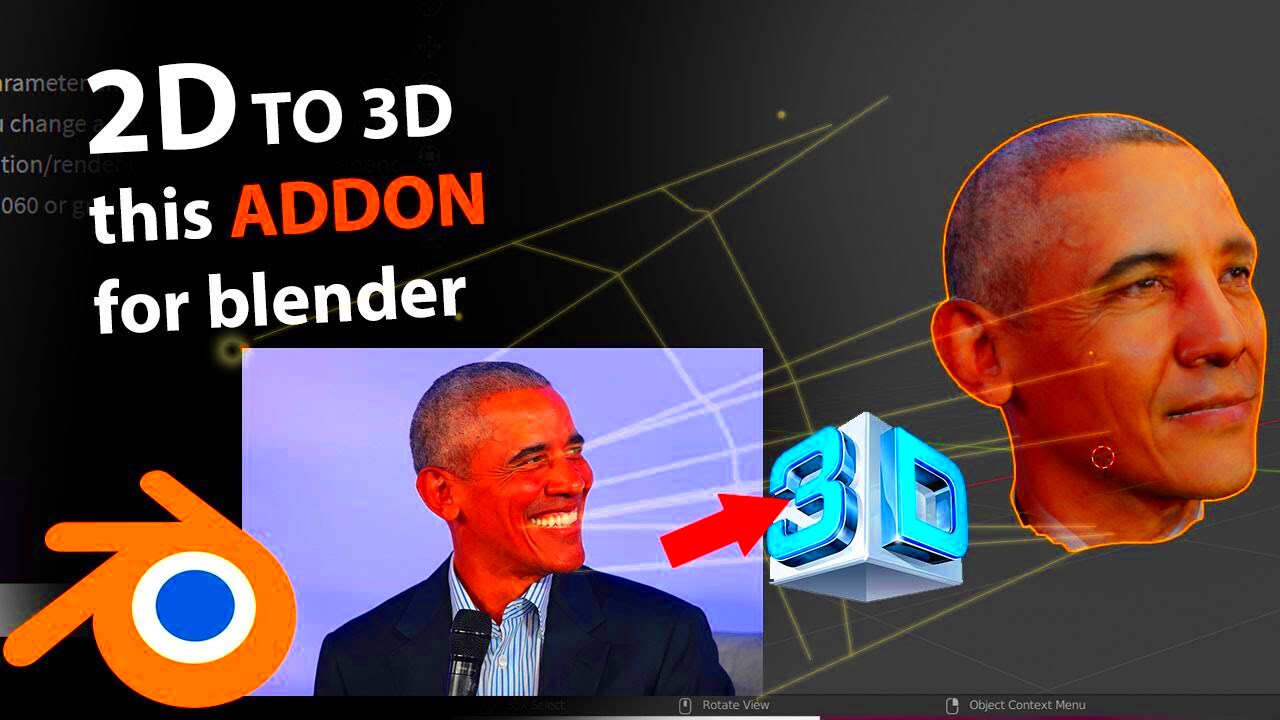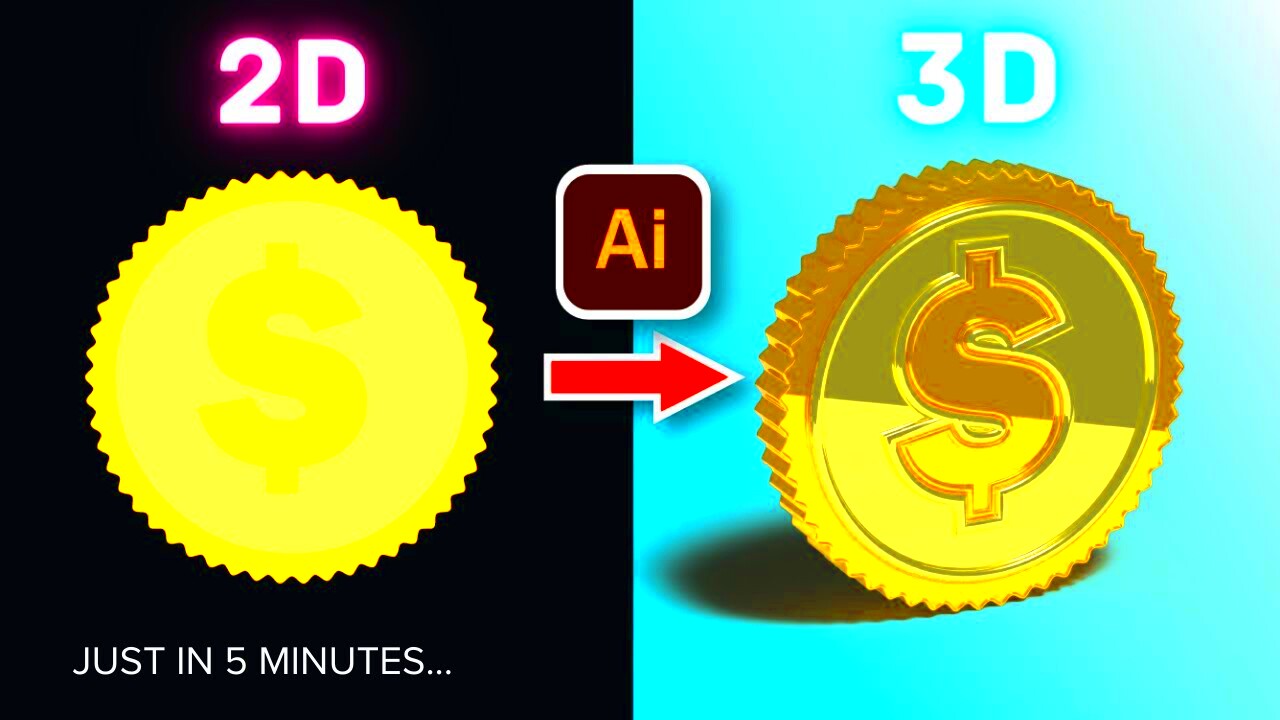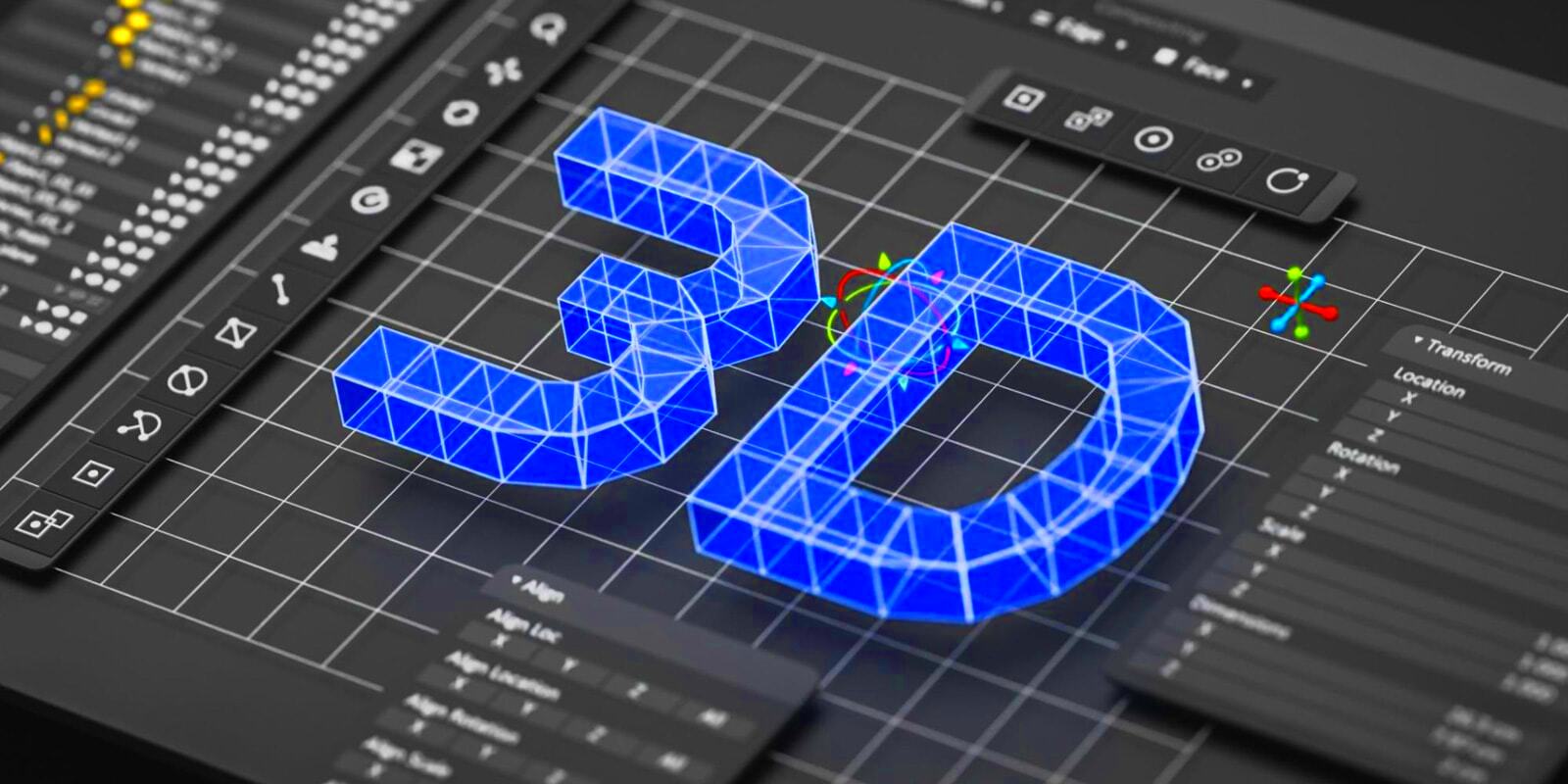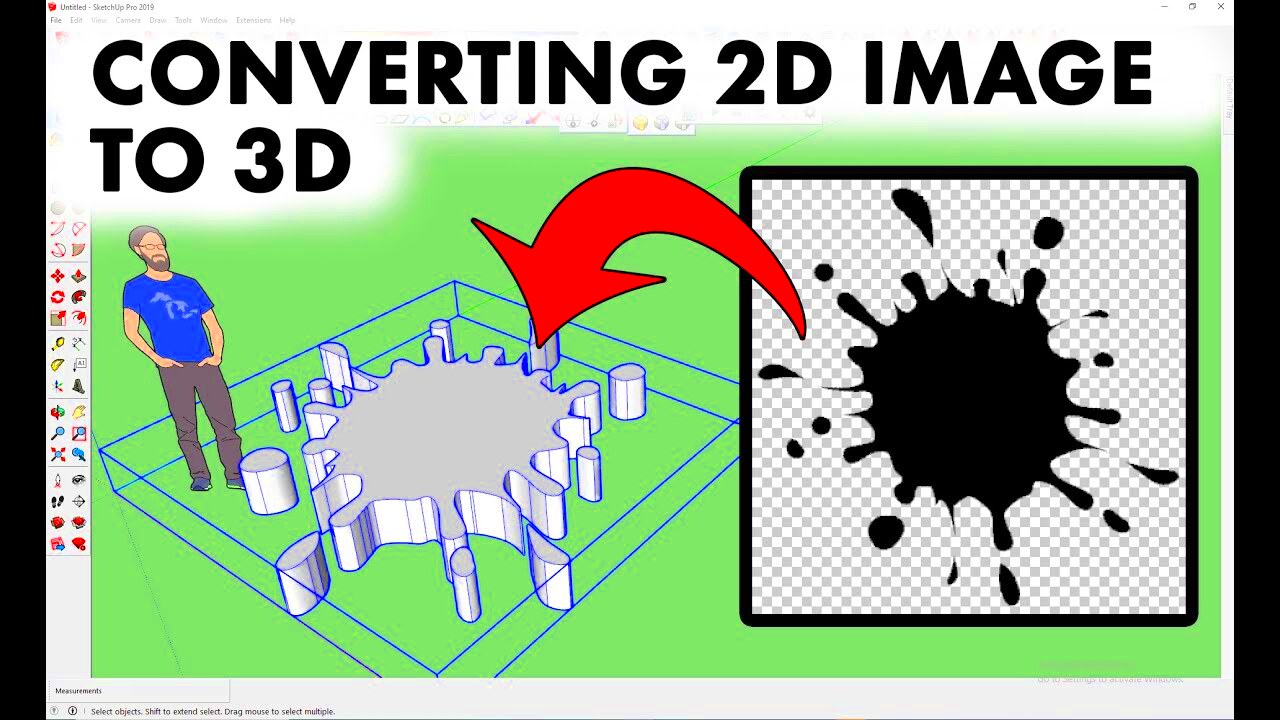In the universe of electronic art and design, there exist predominate two types of pictures: two dimensional and three dimensional. Actually, any creative assignment should establish an effective distinction.
Regular photographs or digital art pieces are what you could refer to as they are flat and do not have any volume. They frequently appear as print media items, website content, and graphical elements.
Conversely, three-dimensional images are characterized by depth along with height and width. Viewing them from different angles gives a more realistic impression. Some instances are 3D models found in video games, movies and virtual reality.
A brief comparison is presented below:
- 2D Images: Flat, no depth, easier to create and manipulate.
- 3D Images: Have depth, more complex to create, offer a realistic view.
Creatives utilize both types of pictures for unique intentions. Two-dimensional visualizations, on one hand, can be used to communicate messages without ambiguity while three-dimensional representations immerse viewers in a world where they feel as if they are part of it. In recognizing this contrast, you will be able to make informed choices about which guise to adopt in order to suit your project best.
Importance of 3D Images in Creative Projects

Over the years, 3D images have gained significant importance in a number of creative sectors. They add seriousness and depth into projects by making them more interesting as well as interactive. There are several reasons for which 3D images are necessary, some of them are:
- Enhanced Visual Appeal: 3D images attract attention and stand out in a crowded marketplace.
- Improved Understanding: They help convey complex concepts, making it easier for viewers to grasp ideas.
- Interactivity: In digital media, 3D images can be manipulated, allowing users to interact with content.
- Realism: They provide a lifelike representation, which is especially beneficial in industries like architecture and gaming.
In the areas of marketing, education and entertainment, 3D images play an essential role. They have the ability to express feelings, narrate tales, as well as produce unforgettable moments in this way captivating people’s attention and making them want to remember it longer.
Tools and Software for Converting 2D to 3D

The task of transforming 2D images into 3D may appear overwhelming, however, there are various instruments and applications that render it effortless. The following are few of the known choices:
| Software | Description | Price |
|---|---|---|
| Blender | A powerful, open-source tool for 3D modeling, animation, and rendering. | Free |
| Adobe Dimension | Ideal for graphic designers looking to create 3D images with a user-friendly interface. | Subscription-based |
| SketchUp | A beginner-friendly tool for creating 3D models, particularly useful in architecture. | Free and Paid Versions |
| Autodesk Maya | A comprehensive solution for professional 3D animation and modeling. | Subscription-based |
Choosing among these tools will largely depend on the demands you have and the money that you are willing to spend. Some are tailored for novices while others are designed for highly experienced people. Test drive them all to see which one meets your project specifications.
Tips for Enhancing Your 3D Conversions

There are some basic tips to follow if you want to take your skills on converting 2D images into 3D to the next level. This way, your 3D models will appear more realistic and aesthetically pleasing.
- Use High-Quality Textures: Quality textures can significantly improve the look of your 3D model. Look for high-resolution images that match the materials you want to represent.
- Pay Attention to Lighting: Proper lighting can make or break a 3D image. Experiment with different light sources to create depth and highlight details.
- Incorporate Shadows: Adding shadows can create a sense of realism. Make sure to adjust shadow settings in your software to match your lighting.
- Experiment with Colors: Don’t be afraid to play with colors. Adjust saturation and brightness to see how they affect your model's appearance.
- Optimize Your Mesh: Simplifying your mesh can help improve performance without sacrificing detail. Aim for a balance between quality and efficiency.
- Seek Feedback: Share your work with peers or online communities. Constructive criticism can provide new perspectives and help you grow as a creator.
Never forget; improving upon the conversions of your 3-D models is a continual exercise. You should persistently test different methods, acquire new knowledge and fine-tune your methods for amazing output!
Frequently Asked Questions

In the case of making 3D models from 2D images, many inquiries arise. Some of those questions and their answers include:
- Can I convert any 2D image into 3D?
While many 2D images can be converted, images with clear outlines and distinct shapes work best. - Do I need advanced skills to start?
Not necessarily! Beginners can start with user-friendly software and tutorials before advancing to more complex tools. - How long does it take to create a 3D model?
The time varies based on complexity. Simple models can take a few hours, while more detailed ones may take days. - Are there free tools available?
Yes, software like Blender offers powerful features at no cost, making it accessible for everyone. - Can I use 3D models in different projects?
Absolutely! Once created, you can use your 3D models in various projects, such as animations, games, or presentations.
Conclusion and Final Thoughts
The transformation from two-dimensional images into three-dimensional figures is a gateway to innumerable imagination. Apart from graphic designing, this talent can greatly improve your performance, whether in architecture or entertainment. Henceforth, we have outlined all the things concerning the differences between 2D and 3D graphics; how they can be converted; and ideas that could help you make better three-dimensional jobs.
It’s important to understand that practice is an important factor. For this reason, when you have your first unsuccessful activities do not feel disheartened. Every project gives a lesson. Accept corrections, discover more methods as well as keep trying other programs.
In the end, it is all about expressing your creativity and sharing your vision with the world through the creation of enthralling 3D images. Get immersed into it, enjoy yourself and see how your capabilities grow gradually!

 admin
admin








